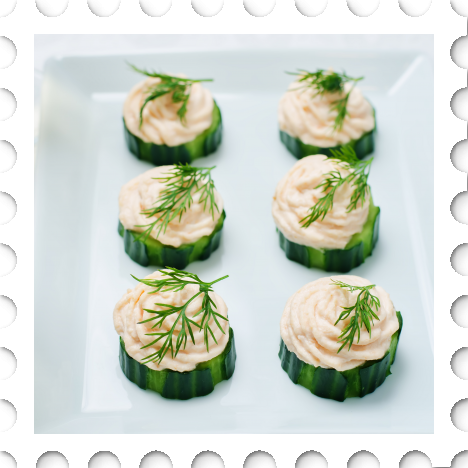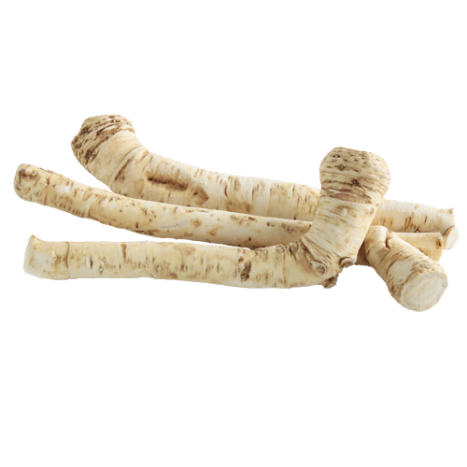Facts
- Horseradish roots can be grated for use as a condiment in a variety of dishes, sauces, dressings and marinades.
- Sales of bottled horseradish paste began in 1860, making it one of the first convenience foods
- In the southern states of America, horseradish was rubbed on the forehead to relieve headaches
- Before being named “horseradish,” the plant was known as “redcole” in England and as “stingnose” in some parts of the U.S.
- Researchers at M.I.T. claim that the enzyme “horseradish peroxidase” can remove a number of pollutants from waste water
- The sharp flavor and strong smell of horseradish become apparent when the root is grated. This is because the root contains highly volatile oils which are released by enzyme activity when the root cells are crushed. If exposed to air or stored improperly, horseradish loses its pungency rapidly after grinding
- The name horseradish is thought to have come from an English misinterpretation of its German name. In early times the plant grew wild in coastal areas; the Germans called it "meerrettich" or "sea radish." The German word "meer" sounds like "mare" in English. So "mareradish" eventually became "horseradish."






